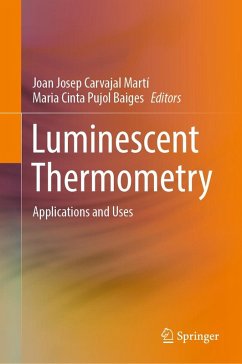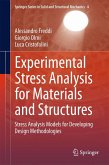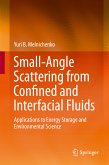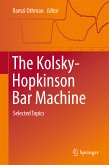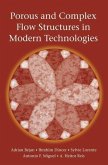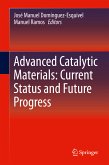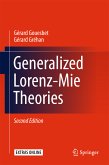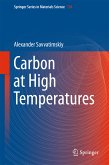The readers of this book are any researcher interested in the field, because of its topical coverage, as well as bachelor and graduate students, as an introduction to this novel field. The book ends with a general critical analysis of the results presented, where the editors discuss about the challenges and opportunities in the development of these highly sensitive new class of thermometers.
Dieser Download kann aus rechtlichen Gründen nur mit Rechnungsadresse in A, B, BG, CY, CZ, D, DK, EW, E, FIN, F, GR, HR, H, IRL, I, LT, L, LR, M, NL, PL, P, R, S, SLO, SK ausgeliefert werden.

